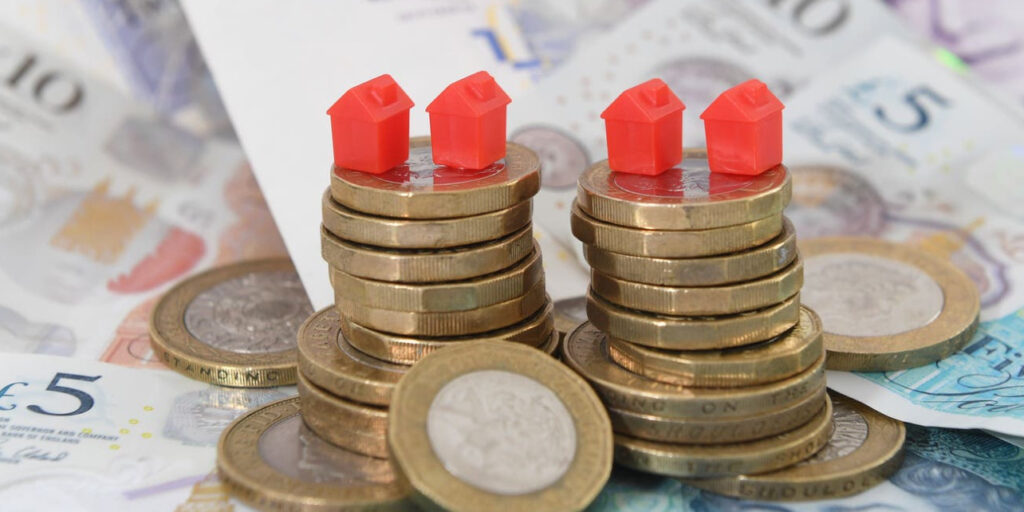House prices in Britain have climbed to a new all-time high, defying recent shifts in the property landscape and surpassing expectations for the traditionally strong spring market.
According to the latest data from Rightmove, the average asking price of a UK home rose to £377,182 in April — an increase of £5,312 from March.
The 1.4% monthly rise outpaced the typical 1.2% uplift usually seen in April, signalling continued strength in the housing market.
This record-setting figure comes in the wake of adjustments to stamp duty rules in England and Northern Ireland, which became less favourable for certain buyers from 1 April.
Despite the policy shift, prospective homebuyers may take comfort in falling mortgage rates, with lenders such as Barclays now offering deals below 4%. These reductions could help soften the financial blow of higher upfront costs and maintain momentum in the market.
The previous record average asking price of £375,131 was recorded in May 2024.
Analysts suggest that continued global economic uncertainty — exacerbated by US President Donald Trump’s announcement of new tariffs — could prompt the Bank of England to consider further base rate cuts in the months ahead, potentially offering further support to buyers.
Rightmove warned, however, that while the market remains resilient, sellers must price competitively. The number of available homes is currently at a ten-year high, giving buyers more choice and increasing the risk for overpriced properties.
Colleen Babcock, property expert at Rightmove, commented: “We’re seeing our first new price record in nearly a year, even as the number of homes on the market reaches levels not seen in a decade.
“This surge in supply appears to be encouraging both buyers and sellers back into the market, which is a positive sign. But sellers should be wary — pricing accurately is more important than ever. In an environment with abundant choice, overpriced homes will stand out for the wrong reasons.”
She added that Rightmove’s research shows properties priced correctly from the outset are significantly more likely to attract a buyer — and often in less than half the time compared to those that require later reductions.


